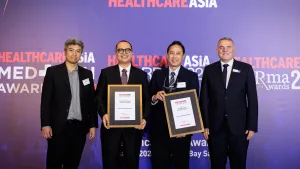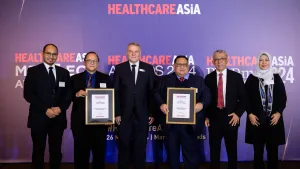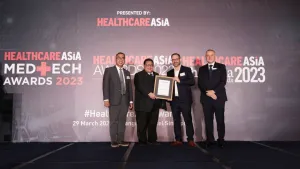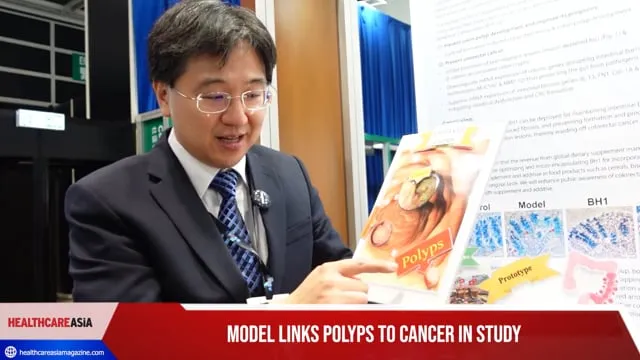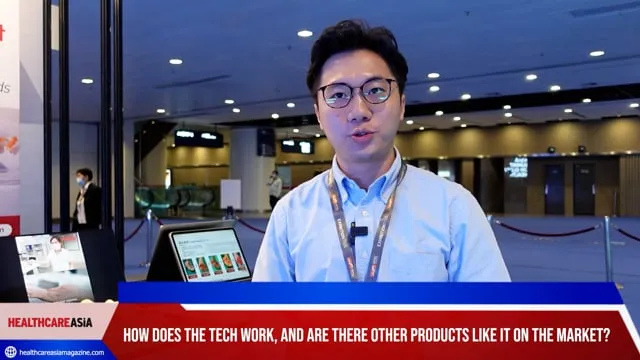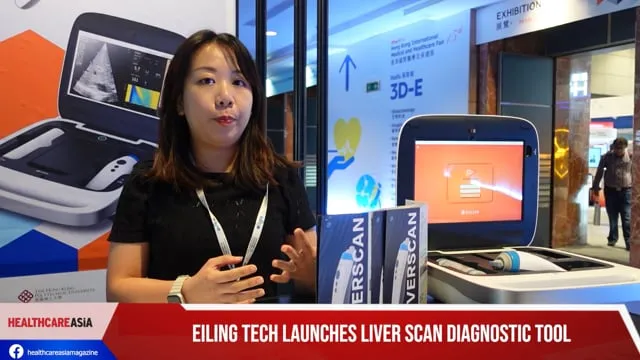
How top telecoms are answering the healthcare call
Here are the five unsung heroes of the digital healthcare revolution.
AT&T
In response to the growing number of elderly people in the United States and the rest of the world, including developed Asia, AT&T Digital Life is looking to provide an in-house monitoring service for caregivers called Digital Life Care.
The service comes as more US adults than ever are becoming caregivers to their elderly loved ones who choose to live at home than stay at expensive assisted living facilities.
AT&T estimates that for the next two decades, 10,000 Americans will turn 65 each day and annual assisted living costs are projected to balloon to $50,000 by next year. The telecommunications company has designed the service to help elderly people stay at home safely, while providing peace of mind for their families.
The service does this by giving caregivers a way to stay informed about their loved one’s health condition including their daily activities such as eating, taking medication and moving around the house. It uses a combination of state-of-the-art equipment, predictive analytics and ambient monitoring technology to give caregivers customized updates on the daily activities that matter most while allowing their loved ones to live independently, according to Kevin Petersen, president at AT&T Digital Life.
“The core of Digital Life is a smart, simple and customizable automation and home security service. We are taking this one step further with our new service to help our customers reduce the caregiving burden and help care recipients remain in their homes longer,” says Petersen. After finishing its employee trial stage, AT&T hopes to deploy the solution to customers in 2015.
BT
Harnessing its expertise in information systems, BT is powering eHospitals, mobile healthcare initiatives and cloud collaboration for multidisciplinary healthcare.
BT is developing new and creative technology innovations in these areas as patients demand more localised, higher quality and affordable healthcare services, says Dr Karen Peachey, clinical director, Asia Pacific, Middle East and Africa at BT Global Services. BT enables eHospitals – a term used to describe the digitisation of data and care delivery processes of the modern hospital – to effectively integrate information and communications technology (ICT). This allows information to flow faster as the health ICT interacts intelligently with building management, facilities management and clinical information systems, according to Peachey.
BT supports the connectivity needed for telehealth and telecare services, where patients can connect virtually with practitioners and support the growing trend of home based self-care.
The company assists healthcare providers in areas such as encryption to safeguard online client information, project management and help desk support across devices and operating platforms. BT is also enabling reliable cloud collaboration that allows healthcare providers to streamline their processes and give patients the best quality of care speedily.
BT Cloud Contact allows a multi-disciplinary healthcare team to work in harmony from different locations through multiple channels such as calls, voice, email and web interactions. In the next five years, BT will move towards enhancing interoperability, digital hospital design, mobility, analytics, telehealth and telecare, and ICT managed services, says Peachey.
Telefónica
Telefónica is using strategic community collaborations to improve eHealth delivery through Telefónica Digital. Its digital innovation unit recently partnered to expand the reach of Saluspot, an interactive health community of registered doctors and users that pioneered free online consultation service in Spanish in 2012, to Latin America, leveraging Telefónica’s strong brand presence in the region.
Telefónica counts over two million eHealth service customers in Latin America in the business-to consumer segment, and the Saluspot partnership will allow a faster roll-out of a wider range of eHealth services across the region, says Matthew Key, CEO at Telefónica Digital.
“Consumers demand easy, agile and global access to health services,” says Gonzalo Castellano, CEO at Saluspot. “The technology is ready to guarantee that access, especially in some Latin American countries where it is still limited.”
While not replacing face-to-face medical consultation, Telefónica and Saluspot provide accurate, qualified information from medical professionals as a superior alternative to patchy medical information obtained from unauthorized and unqualified sources.
Telstra
Telstra has also entered the telehealth arena with the recent launch of Telstra Health, its new business division that seeks to become Australia’s leading provider of integrated eHealth solutions.
“We’ve seen what the digital revolution has meant for other industries and we believe that healthcare in Australia could benefit from eHealth to better serve all Australians,” says Shane Solomon, health managing director at Telstra. Composed of a specialised team that includes an assembly of innovative eHealth companies in Australia and around the world, Telstra Health hopes to provide integrated eHealth solutions. Telstra sees itself as a vital bridge among healthcare stakeholders, connecting patients to their doctors, doctors to other providers, and everyone to all the care and information they need on demand, says Solomon. Telstra is leveraging its status as a trusted brand and its experience in working with complex enterprises to build a connected system that supports eHealth services in Australia. The company has partnered with industry leaders to roll out groundbreaking products such as Australia’s first full doctor consultation via video or telephone through its new company, ReadyCare.
Solomon says Telstra will work closely with customers to understand what eHealth solutions they need instead of pursuing a top-down approach to product development.
Verizon
Verizon is harnessing virtual and mobile technology to expand medical care access for patients through its Verizon Virtual Visits service. Focusing on increased convenience and higher cost-efficiency in consultations, Verizon Virtual Visits allows clinicians to remotely see patients via video on a smartphone, tablet or computer.
“With ready access to connectivity and applications, patients, providers, and payers can share biometric information to better manage patient-directed care plans for chronic diseases. And when patients can monitor their own long-term conditions, everyone benefits,” adds Arun Kundu, head of professional services & global strategy, Asia Pacific, Verizon Enterprise Solutions.”
Patients log in through a secure app on their mobile device or Web portal, answer a set of health related questions, and discuss with a clinician who then evaluates the patient’s condition and provides an appropriate care plan.
Prescriptions are sent electronically to a conveniently located pharmacy chosen by the patient. Verizon addresses privacy and data security concerns by encrypting virtual visit data and keeping the data on its own cloud storage.
Verizon also aims to lower the cost of care by shifting cost models using new, more efficient healthcare delivery technologies. Cloud adoption, using an IaaS model, is making it easier for organizations to move to the cloud. “The healthcare solutions also require one crucial component: secure means to store and transport personal data. From the network to devices and everything in between, Verizon’s secure solutions make real-time information and applications available to help improve the quality of care,” adds Kundu.
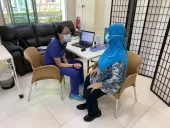



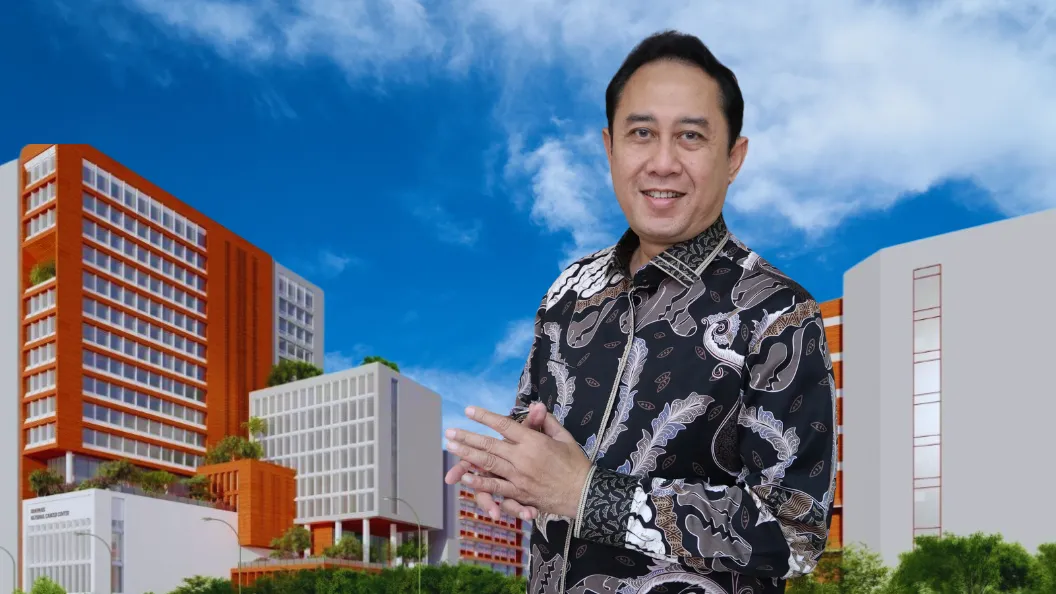
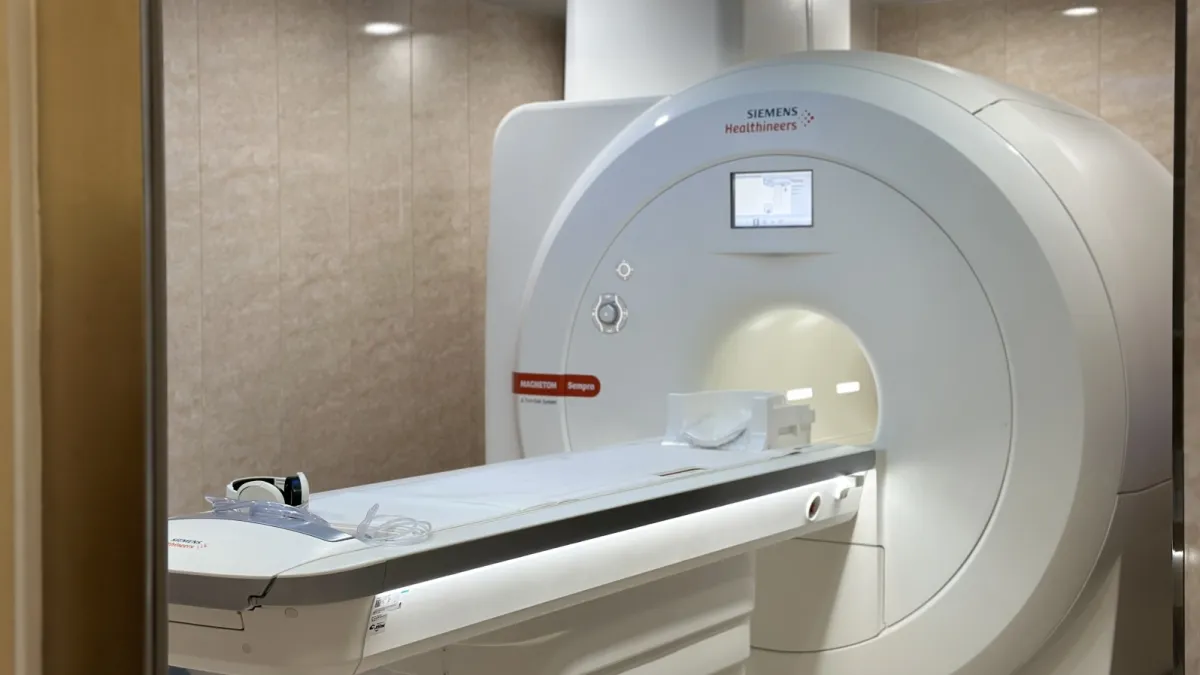




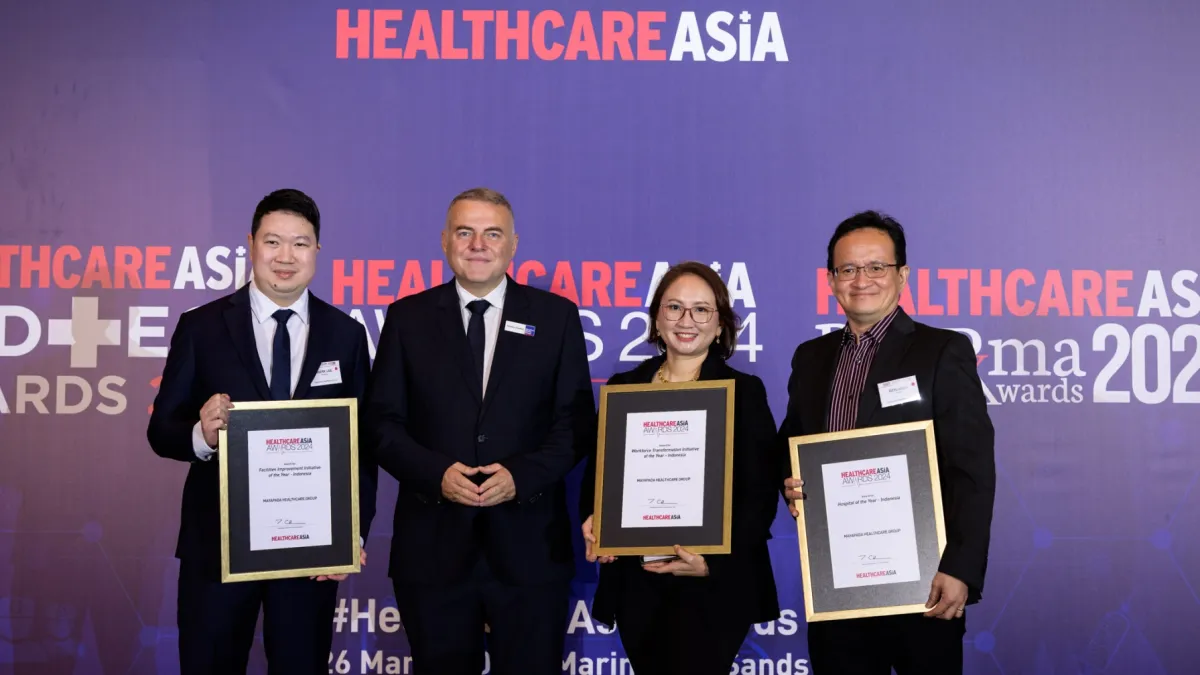
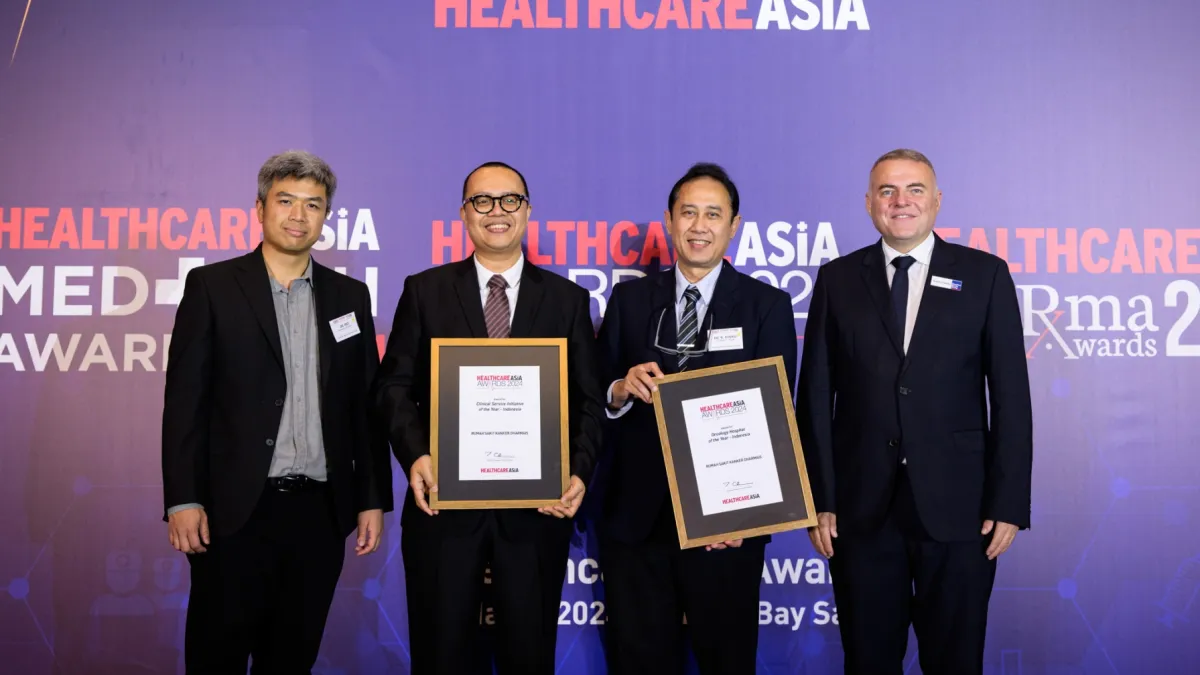

 Advertise
Advertise

